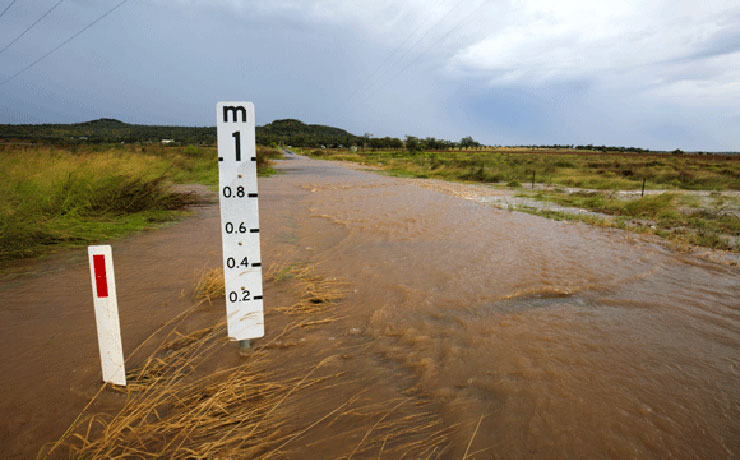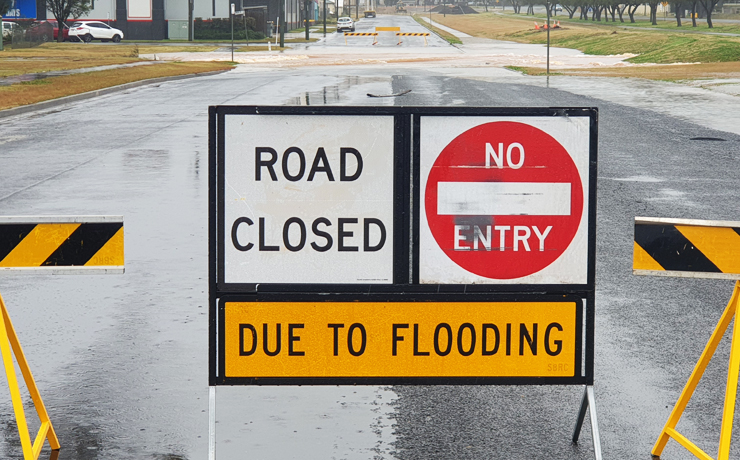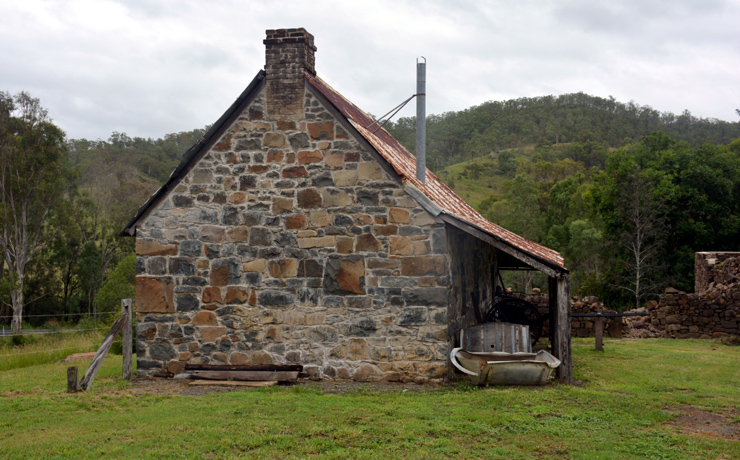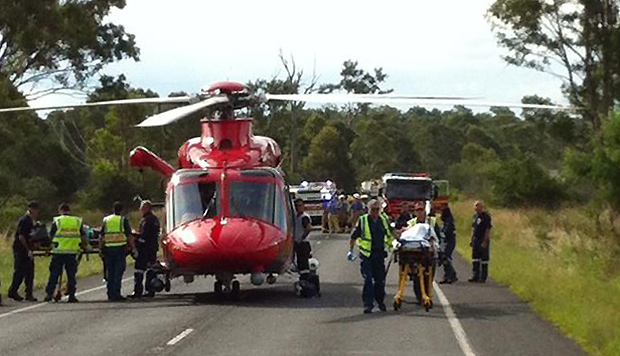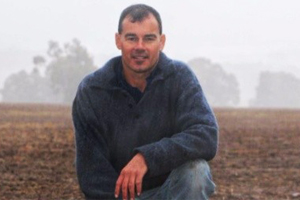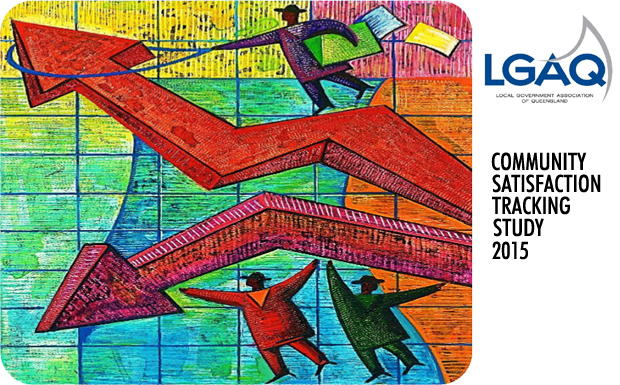
August 17, 2015
Queensland’s councils have recorded an improvement in their overall performance ratings over the past two years.
A new state-wide local government survey has revealed that voter satisfaction with councils is now approaching pre-amalgamation levels.
In 2005 and 2007, before council amalgamations, more than 74 per cent of Queenslanders were satisfied with their local council.
But after dropping to about 60 per cent in 2009 (the year after amalgamation) voter satisfaction has gradually risen by 11 per cent.
And while rates continue to be a sore point – particularly in rural areas – voters would overwhelmingly reject a “slash and burn” approach of closing down or reducing existing council services to secure a lower rates bill.
The findings, which come from the 2015 Community Satisfaction Tracking Study, show most people believe councils in general are doing a better job than they were two years ago.
Local Government Association of Queensland president Cr Margaret de Wit said it was pleasing to see the increase in community satisfaction, particularly in rural and remote councils facing challenges that include lack of water security, pests, weeds and vast road networks to maintain.
“Rural and remote councils are working hard to deliver under the most dire circumstances,” she said.
“Councils are to be commended on the improvements we have seen in this latest survey.
“To record such improvement at a time when it has never been a more difficult environment for local government to operate in deserves a pat on the back.
“Councils have worked hard to achieve more with less, and this is evidenced in these results.”
All categories of councils – developed metropolitan, fringe metropolitan, provincial and rural – recorded improved community satisfaction ratings in this year’s survey compared with the last one conducted in 2013.
The findings suggest councils are doing a better job of delivering important services such as building and maintaining roads, footpaths, kerbing and guttering, and providing parking facilities.
Cr de Wit urged councils to take note of the issues respondents believed were important, including the provision of basic services and infrastructure, water supply and financial management.
“The LGAQ’s role is to help councils deliver more for their communities and we will continue to work with all 77 councils across the State to help them deliver even better results next time,” she said.
The 2015 Community Satisfaction Tracking Study, conducted by Morton Consulting Services and Market Facts, canvassed the opinions of 700 households across Queensland.
The independent survey is the 10th in a series that analyses community satisfaction and determines benchmarks for council performance.
* * *
Findings From The Survey
The latest Community Satisfaction Tracking Study asked a number of “public opinion” questions to gauge the feelings of Queenslanders on a range of topics, and some of the answers the LGAQ uncovered were surprising.
In regard to rates, 67 per cent of those who paid rates considered the rates and charges levied by their local council were either excellent, good or fair value for money. But a high 52.8 per cent of those in rural council areas and 56.8 of those in provincial council areas said they thought they received “poor” or “very poor” value.
However, when respondents were asked how strongly they would support their council cutting out some services or reducing service levels if this allowed some reduction in the level of rates and charges, 62 per cent opposed or strongly opposed this approach while only 8.1 per cent showed support for this strategy.
When asked about the three most important performance measures for an elected council, “attracting new economic development” was first (60.2 per cent), “minimising rate increases” was next (48.6 per cent) and “delivering on promises” was third (38.1 per cent).
And when asked what qualities they looked for in a potential Council candidate, almost two-thirds of regional Queenslanders said their top priority in evaluating a councillor was ensuring they were at least 40 years old.
Being a good communicator, a strong leader, forward-looking and having previous council experience were other top qualities Queenslanders looked for in a councillor.
On the use and value of council internet sites, 42.3 per cent said they had accessed their Council’s internet site in the past two years (down from 55 per cent in 2009).
Respondents were then asked if they regularly used social media such as Facebook, LinkedIn, Instagram and Twitter.
Some 33.4 per cent (down from 54.8 per cent in 2013) said they did, but only 21.4 per cent (down from 25.5 per cent in 2013) indicated they used social media to obtain information or interact with their council. Only 4.3 per cent engaged with their Mayor or Councillors using social media.
Finally, when asked which sources were trusted for information about their council’s performance, the most nominated source was local newspapers (63 per cent), while local word of mouth was nominated by 42 per cent and ABC Radio or TV by 39 per cent.
The latest LGAQ Community Satisfaction Tracking Study can be downloaded (994kb PDF).












